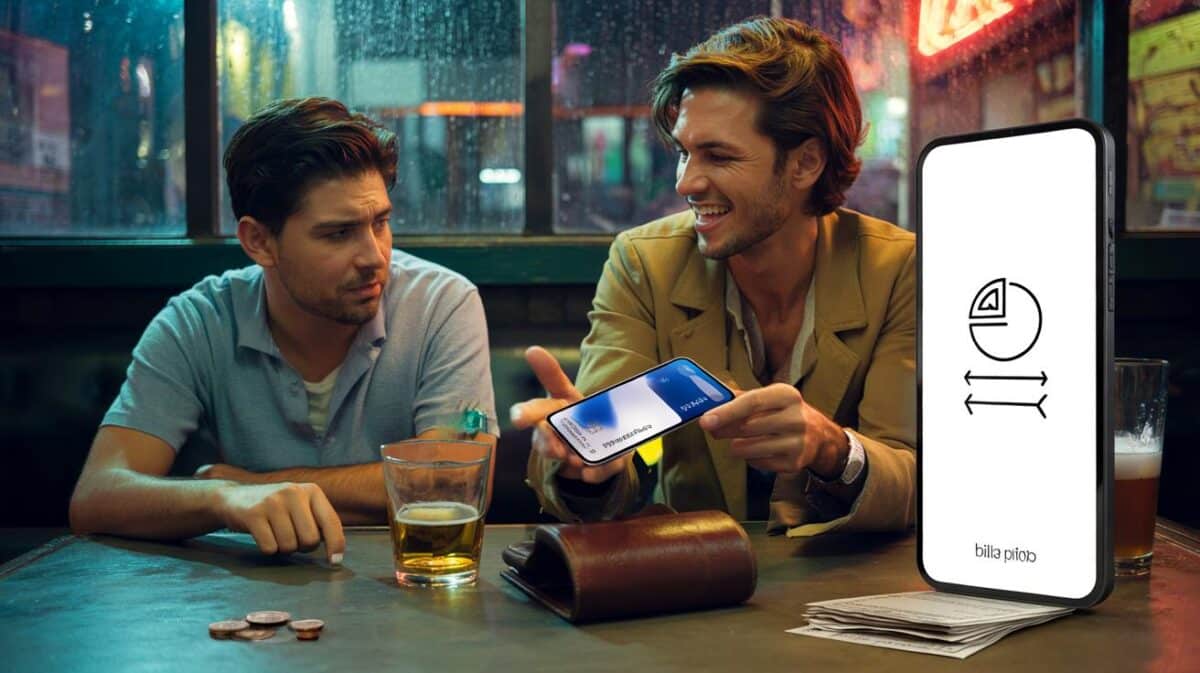Your heart’s open, your list is long, and a tap on a phone feels like the quickest way to do good — which is exactly why scammers try to slip in.
It started with a brass band outside the supermarket and a neat little sign: Tap here to help a family eat. Two volunteers in Santa hats, a table of mince pies, a QR code printed on glossy card. People smiled, phones hovered, the beeps stacked up like sleigh bells. I watched one man tap twice, muttering “why not.” When the band stopped, the volunteers packed fast, and the QR cards went into a backpack. No website on the sign. No charity number in sight. I went home, searched the name, and found… nothing. Not a charity. Not a community group. Just a dead end and a bitter taste.
A week later, the same name popped up on my feed, boosted by an account created last month. The logo looked familiar, then not quite. Something felt off.
Why fake charities thrive in December
December is noisy, generous, and rushed — a perfect storm. Scammers understand the psychology of giving: a warm photo, a deadline, a cause that feels unarguable. They mimic the rhythms of real fundraising, from bucket rattles to emails that read like a friend’s note. You’re not being careless. You’re being human. It’s the speed that betrays you.
They also lean on copycat names and lookalike logos. “Children Relief UK” next to “Children’s Relief UK,” or a web address with one letter swapped. We’ve all had that moment when our brain fills in the missing detail because the story feels good. Action Fraud has warned for years that fake-charity reports jump when the fairy lights go up and wallets open. **Scammers don’t just steal money; they hijack kindness.** That’s why their designs feel warm, familiar, and urgently plausible.
Under the bonnet, the playbook is repeatable. A fresh social account buys a handful of followers. A QR code leads straight to a payment page without a charity number, returns policy, or physical address. Gift Aid gets dangled as proof of legitimacy, even though any payment page can ask you to tick a box. Pressure cues do the final nudge: “We need 17 more meals by midnight,” “Match funding ends in one hour,” “Tap to save a life today.” Pause for five seconds and the spell starts to crack.
Checks that take 60 seconds — and save your donation
Start with the charity number. In England and Wales, real charities list it on every page where they ask for money. Stick that number into the Charity Commission register and see if the name, address, and website match. In Scotland, use OSCR; in Northern Ireland, check the Charity Commission for NI. If it’s a company limited by guarantee, look at Companies House too. This is a one-minute habit that catches most fakes, and it’s free.
Next, test the basics. Click to the “About” page: is there a real street address, a landline, trustee names, last year’s report? A payment page should show the processor’s name and the legal entity receiving your money. Pay by card or a well-known platform with chargeback protection — not bank transfer. If someone is waving a bucket or QR code, ask for a registered name and number. Let’s be honest: nobody really does that every day. Do it once this week and you’ll feel the difference.
Small clues shout quietly. Typos in a banking reference. A Gmail contact for “press.” A QR code that points to a random link shortener. Talk to the charity if you’re unsure — ring the number on the official register, not the one in a message. **Slow is safe when money moves.**
“Trust generosity. Verify details. One protects the other.”
- Check the charity number on an official register, then match the name and URL.
- Avoid bank transfers; use cards or trusted platforms with buyer protection.
- Be wary of urgency: real help doesn’t expire at midnight.
- Look for a physical address, trustee names, and a recent annual report.
- If it’s crowdfunding, seek updates, receipts, and third-party validation.
Give with heart, not haste
Giving should feel like a warm hand, not a sweaty brow. Build a small list of causes you love before the rush, then route festive generosity through those pages. If a new appeal moves you, park it in a “give later” note and return with clear eyes. Ask yourself one simple question: who exactly receives the money, and how will I know? Your gut likes clarity.
Real charities welcome questions. They’ll talk about impact without hiding behind percentages or vague claims. They’ll explain how Gift Aid works and won’t push you to tick the box if you don’t pay UK tax. Crowdfunders who care will show receipts, dates, and named partners. If your DMs are full of pleas, use the Fundraising Preference Service to quiet the noise and choose on your terms. **Real generosity deserves real care.**
There’s joy in getting this right. The roast warms, the room hums, and you know the help you sent is already at work. No gift should feel like a gamble. Pick your causes, keep your checks light but real, and share what you learn with the people you love. That’s how good money travels well.
| Point clé | Détail | Intérêt pour le lecteur |
|---|---|---|
| Verify the charity number | Use the Charity Commission, OSCR, or CCNI and match name, address, and URL | Stops copycats and spoof sites fast |
| Choose safe payment routes | Card or trusted platforms with chargeback; avoid bank transfers to individuals | Gives you a way to get money back if things go wrong |
| Watch for pressure cues | Urgent deadlines, vague impact, missing contact details | Spot manipulation before you tap |
FAQ :
- How do I check if a charity is real in the UK?Search the charity number on the Charity Commission (England and Wales), OSCR (Scotland), or CCNI (Northern Ireland). Match the registered name, address, and official website with the appeal you’re seeing.
- Are QR codes safe for donating?They can be, but only if they point to the charity’s verified domain. Open the link and check the URL, look for the charity number on the page, and prefer card payment over bank transfer.
- I think I donated to a fake charity. What now?Contact your bank or card provider immediately and report to Action Fraud. Keep screenshots, links, and messages — they help investigators and may support a refund.
- Does Gift Aid prove a donation is legitimate?No. Any form can ask for Gift Aid. Real Gift Aid requires a UK taxpayer’s declaration and goes to registered charities or CASCs; verify the entity first.
- How do I talk to family about charity scams without killing the mood?Share one quick rule: “If we can’t find the charity number in a minute, we won’t donate right now.” Make it a game, not a lecture.








